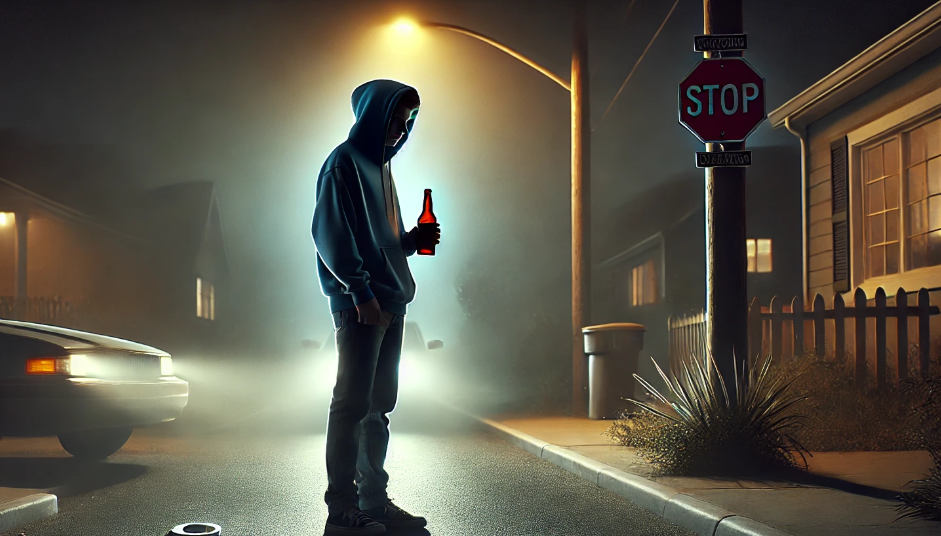Social Media & Drug Deals - A Few Tips
Think your teen is safe online? Think again.
It’s no secret that social media is where teens spend a huge chunk of their time. Platforms like Snapchat, TikTok, and Instagram are how they connect with friends, share moments, and stay entertained. But what most parents don’t realize is that these same platforms have become a hotspot for illegal drug sales, with dealers using secret codes, emojis, and disappearing messages to target young buyers. And it’s happening more often than we think.
Drug dealers no longer need a street corner to operate and they have everything they need right at their fingertips. They post seemingly innocent photos or videos, use private messages to arrange transactions, and even set up delivery methods that make it nearly impossible for parents to detect. A teen can send a direct message, pay through a digital app, and have the drugs delivered by mail, rideshare, or a local drop-off in a matter of hours. The biggest concern? Many of these drugs are fake and laced with deadly fentanyl.
One of the scariest trends we’ve seen is the rise of counterfeit prescription pills being sold online. Teens think they’re getting Xanax, Percocet, or Adderall, but the reality is that many of these pills are pressed with fentanyl, a synthetic opioid that is 50 times stronger than heroin. The Drug Enforcement Administration (DEA) reports that 6 out of 10 fake pills contain a lethal dose. That means that just one mistake, even just one pill, can be fatal.
And it’s not just pills. High-potency marijuana, THC vapes, and even psychedelic mushroom vapes are also being sold through these social media platforms. Dealers know how to make their products look safe and appealing, disguising them with bright colors, fun packaging, and misleading claims like “all-natural” or “safe microdosing.” The truth is, there’s no regulation on these substances, and teens have no way of knowing what they’re actually inhaling or ingesting.
So what can parents do? Start the conversation now. Many teens don’t realize how dangerous social media drug deals really are. They assume that because a pill looks real or because a friend recommends a dealer, it must be safe. But as we’ve seen time and time again, these substances are unpredictable and often deadly. Talk to your kids about the risks of buying anything off social media, monitor their online activity, and stay aware of warning signs like secretive behavior, changes in friend groups, or hidden apps on their phones.
It’s also important to recognize the signs within social media itself. Certain emojis and phrases are being used to discreetly advertise drugs, and knowing what to look for can make a difference. For example, a 💊 emoji often represents a pill, a 🚀 can mean “fast delivery,” and 🔥 is sometimes used to indicate high-potency products.
The reality is that social media drug deals are happening right now in our community, and the best way to fight back is through education and awareness. The more we talk about this issue, the more we can protect our youth. Share this information with other parents, talk to your teens, and help us spread the word. Just one conversation could save a life.



Comments
Post a Comment